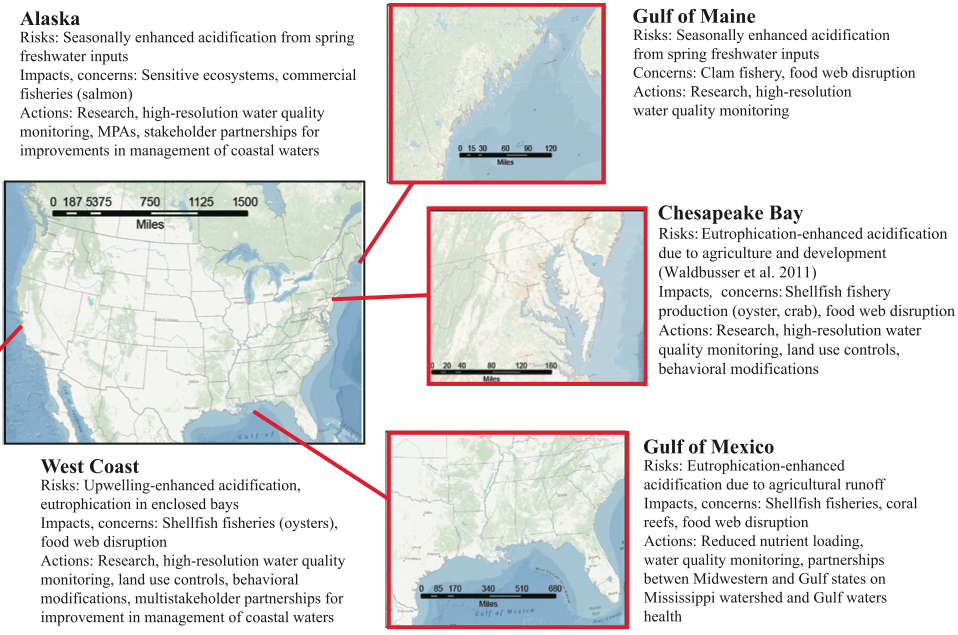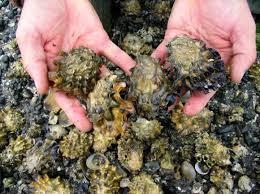
November 4th, 2019
GOH Executive Director Brad Warren was present as Maine Gov Janet Mills spoke about her state’s vulnerability to changing ocean conditions and her commitment to acting on it. He writes:
“Vowing to tackle climate change and ocean acidification head-on, Maine Gov. Janet Mills delivered a rousing opening talk at the Gulf of Maine 2050 Symposium in Portland. The Symposium is designed to help attendees learn how the Gulf of Maine is expected to change in the next 30 years in the face of a changing climate. The governor noted that climate change and shifting ocean chemistry are already harming fisheries in Maine, noting effects on shellfish, lobsters, cod, and other parts of the state’s $2 billion seafood economy. Gov. Mills stated that she has committed Maine to achieve carbon neutrality by 2045. She also noted that Maine has joined the US Climate Alliance, a coalition of states representing 55% of the nation’s population and $11.7 trillion in GDP, saying, “We committed to upholding the Paris climate accord no matter what happens in Washington.”
Stay tuned for a new “Changing Waters” podcast coming from Global Ocean Health/National Fisheries Conservation Center, featuring Governor Janet Mills interviewed by Brad Warren. And please donate to help support these great podcasts (past interviewees include former President of Ireland and climate justice advocate Mary Robinson and fisheries legend Ray Hilborn!). Every dollar counts, and we stretch them farther than any other organization.
~Protecting seafood at the source~
All donations are tax-deductible – just use the button in the lower left of this page. Thanks for your support!



